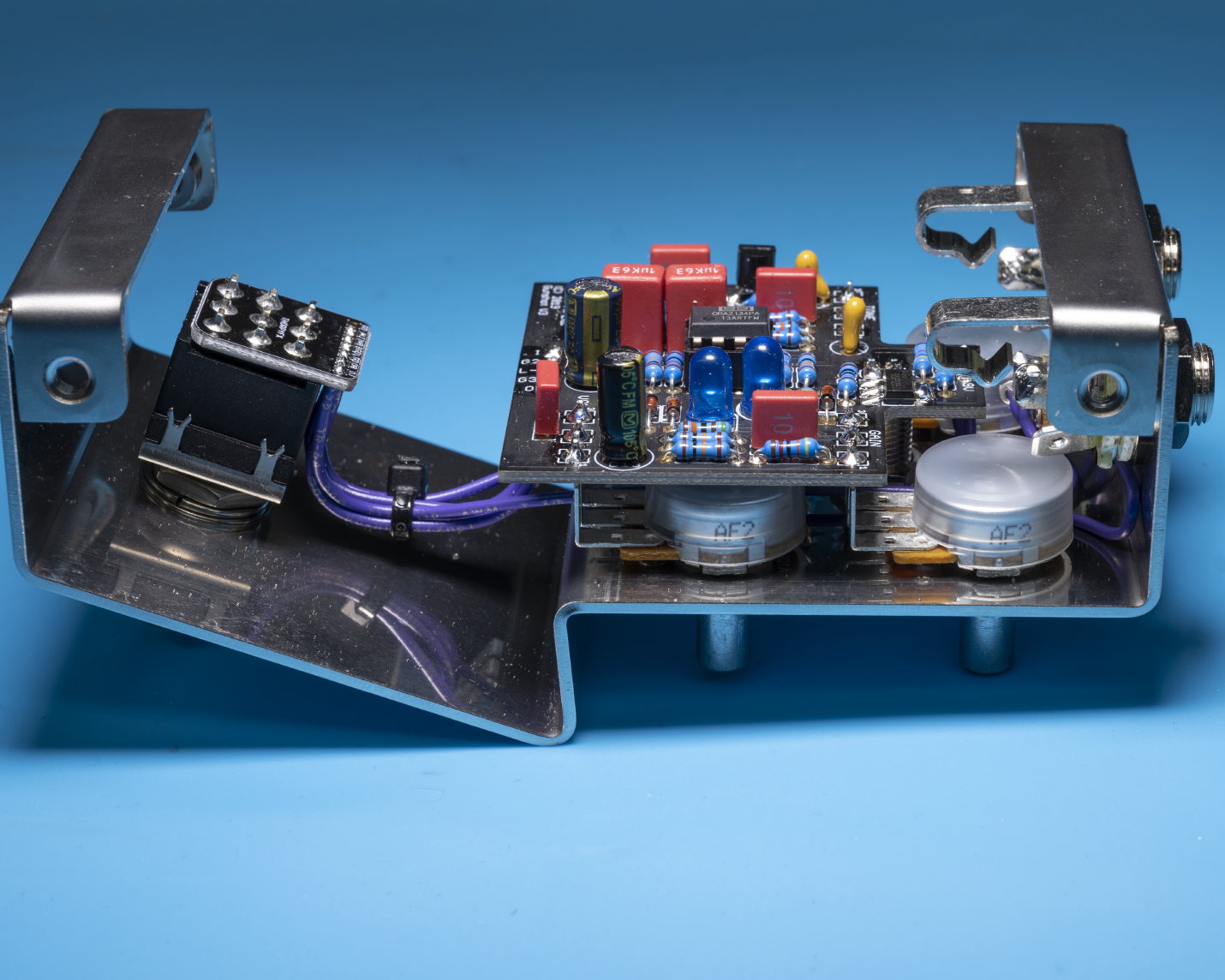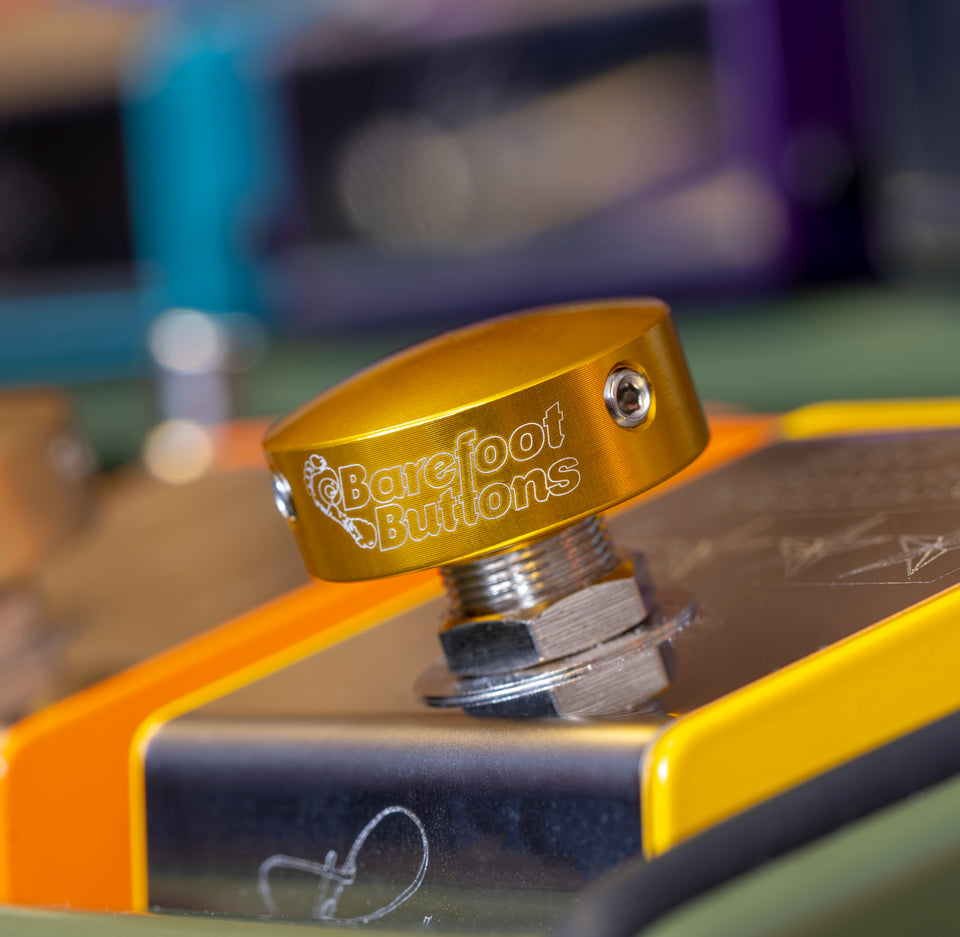
What do I like best about designing guitar pedals?
What do I like best about designing guitar pedals?
Well, there’s a few stages to it, the first and most exciting (to begin with) is cultivating the idea. This stage is interesting because it begins with a blank sheet of paper and we just write ideas down, what we want it to do, how we want it to sound, what will be its unique selling point, who is the pedal for? Is it a long-term release or a limited run thing?
Once all these questions are answered we begin to build the circuit concept, often it is done in a Duplo/Lego fashion with key building blocks such as power rails, noise filtering, input buffer, input filtering etc are laid down to set the foundations. Once these are in place we flesh the core sound out, making sure the pedal has enough character to meet the needs of the design, enough EQ capabilities to make the design versatile for a variety of uses.
Once the theory has been crafted, we begin to turn the theoretical into the physical, sometimes this is done on breadboard, sometimes this is done on veroboard but often we lay the circuit down on an outsized PCB that enables us to make changes easily and tap into and cut parts of the circuit out for modification.
The delivery of these first prototype circuits induces fear, still all these years on from the creation of ThorpyFx I am nervous for the first plug in of a prototype circuit. Interestingly though, the nerves dissipate immediately upon the first strum of a guitar through the circuit, be it successful or a complete and utter failure. The reason the nerves subside regardless of the outcome is because at that point I REALLY must go to work. If it’s an utter failure, we must work out why (usually this will be human error, or a miscalculation) and fix the issue before plugging in again.
If it’s successful at first or second plug in then we must again go to work because the pedal needs analysing, testing, adjusting, testing again in a feedback loop until I can confidently proclaim the pedal ready for pre-production layout and testing to find out quirks with particular guitars, amps etc.
It’s at this point the parallel effort of the physical pedal design meets the pre-production guts. 99 times out of a hundred, this stage is easy… but some things (a pedal launching next year for example) has proven to be like trying to cram an elephant into a small car. The phrase “Never give up, never surrender” was used a lot during this development…
Once the two are married up we send them out on the road to trusted people and receive feedback before getting the logistics in place and ramping up the production line.
Then the fear sets in again, how will it be received? Will people love it? On launch day I’m tense as you can imagine, but recently I’ve found it best to set everything up and then be anywhere but in front of the computer. This phase is usually the culmination of years’ worth of work, lots of blood sweat and tears from myself and the team at ThorpyFx, is it worth it? Absolutely, I love creating boxes of joy that enable other (more talented) people get creative with. The very next day, we move onto the next pedal as if nothing happened the day before.
At this point, you are probably wondering what I like best about the Pedal design process? The answer in short is I love the small details, solving problems, dealing with people, and overcoming anything that blocks the route of a pedal to your hands. But if you had me over a barrel to choose specifically, I’d say that first photo of the finished product makes me happier than you could imagine.

